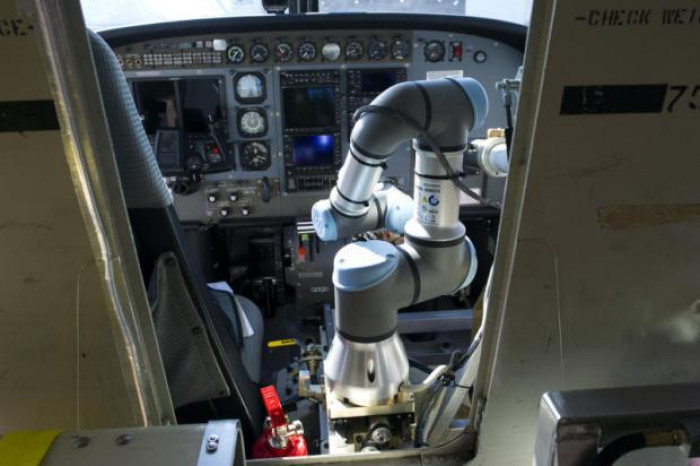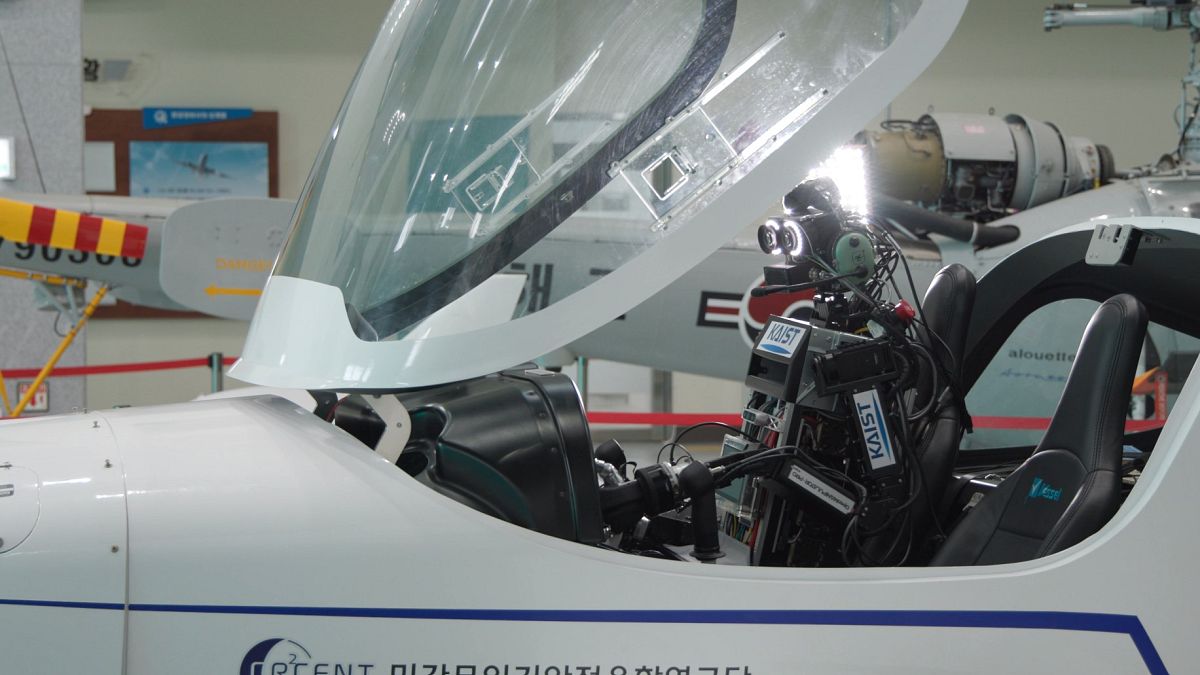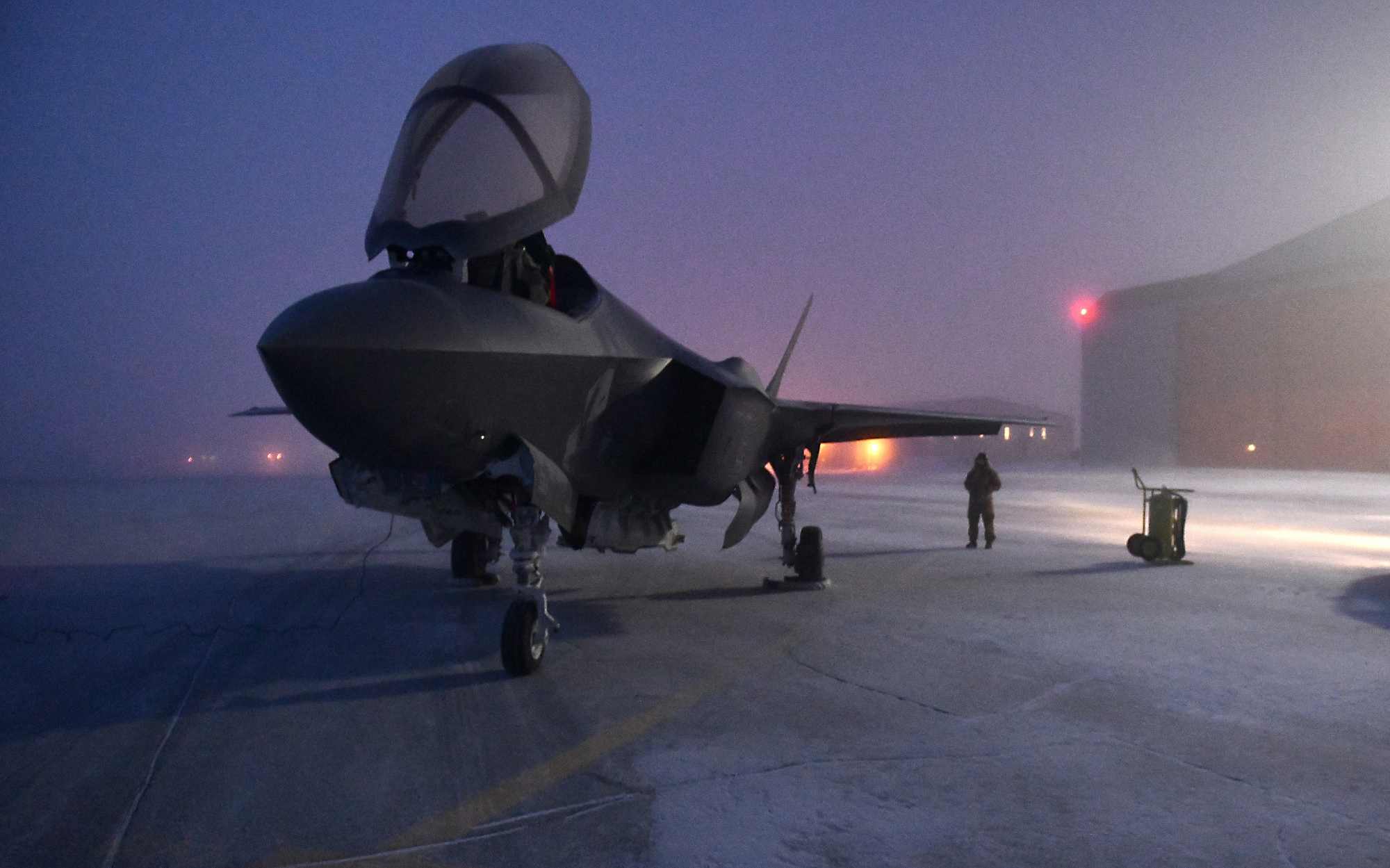@dBSPL can you post the full article please?
Cause, I ain't spending 14 usd for subscription.

The Fighter Jet Market Enters Its Multipolar Era
Can the F-35—and the United States—keep up with new competition?
By
Richard Aboulafia, a managing director at AeroDynamic Advisory.
It’s rare that jet engines play a significant role in meetings between heads of state. But in June, when U.S. President Joe Biden hosted Indian Prime Minister Narendra Modi at the White House, the pair released a joint statement
hailing, among other partnerships, a “trailblazing initiative” whereby U.S. conglomerate General Electric will manufacture jet engines with an Indian state-owned company for New Delhi’s national fighter jet program.
Although jet engines may seem insignificant compared with, say, high-profile sales of fighter jets or tanks, the announcement points to an important global trend: National combat aircraft are making a comeback. Lesser powers have tried to develop national jets in the past, but now, more are succeeding—just as Washington is moving away from combat aircraft exports. The United States has started to prioritize the development of more capable and specialized jets, rather than export-oriented, jack-of-all-trades jets, so that its military can be better equipped for the rise of superpowers such as China. But the unintended consequence of Washington’s policies will be a diminished presence on the export fighter market.
By the late 2030s, the global fighter market—and defense market in general—will be much more fragmented, and less U.S.-dominated, than today. Countries aren’t going to rely on U.S.-produced fighter jets forever, and if Washington doesn’t adapt by prioritizing the sale of the systems and technologies that power other countries’ jets, the United States will fall behind in the global defense market.
There was a time when almost every major (and minor) power wanted to build its own combat jet. In the 1980s, South Africa, Taiwan, Yugoslavia, Brazil, Romania, Israel, Japan, and India, among other countries, had national fighter jet schemes. A few of these homegrown jets were built—in relatively small numbers—but most simply vanished during the 1990s.
There were many reasons for the collapse of these national programs. As post-Cold War defense budgets shrank, so did the fighter market. Economies liberalized, trade barriers came down, and industrial policy fell out of fashion. The United States, meanwhile, did a great job selling off-the-shelf jets. Lockheed Martin’s F-16 dominated the market, offering tremendous value for money with no upfront development costs. Between 1991 and 1995, Western manufacturers built 1,667 fighter aircraft; 727 of these were F-16s, and 597 were other U.S. types, according to AeroDynamic Advisory data.
As a follow-on, the United States created the F-35 Joint Strike Fighter, which entered service in 2015. The F-35 cemented Washington’s export dominance in the global fighter-jet market. With more than 20 export customers so far from Norway to South Korea, the F-35, like its predecessor, has been a great success. But the F-35 is a product of the post-Cold War era, when nations were content to buy off-the-shelf products. As new competitors enter the market, the F-35 will not be enough to carry U.S. industry into the future.
Japan is a good example of what happened to national fighter programs—and where they might be headed. In the 1990s, Japan spent billions of dollars developing the Mitsubishi F-2 and was met with the predictable
teeth gnashing in Washington about technology transfer leading to the United States surrendering its lead in combat aircraft and defense exports. But realizing it had wasted money to essentially reinvent the F-16, Japan built fewer than 100 F-2s. The country now plans to buy 147 off-the-shelf F-35s. Yet despite its reliance on U.S. fighters, Japan recently
teamed up with the United Kingdom to co-develop a new jet that will be built in both countries. Starting in the late 2030s, London and Tokyo will stop procuring F-35s and start to build their joint aircraft.
South Korea, the only national fighter producer to start new aircraft development since the Cold War, is the country that really started (or restarted) this trend, with the KF-21 Boramae. Now, Turkey, with its Kaan TF fighter, has joined in. Taiwan is back in the game too, with a reborn Ching-Kuo trainer and light attack version and a next generation fighter after that. The United Arab Emirates, a major fighter market,
revealed its ambitions earlier this year to create its own aircraft.
India’s status is a bit oxymoronic—it’s a legacy emerging producer. New Delhi has been trying to build its own jet fighter since the 1950s. The Tejas Light Combat Aircraft program—the subject of the White House announcement—has been underway since the early 1980s and entered the market in small quantities 2015. But the Tejas may now be ready to ramp up to a double-digit production rate, especially with General Electric’s help.
India also wants to
follow the Tejas with a larger, less obsolescent advanced medium combat aircraft that will enter service in the 2030s. Yet unlike most other emerging producers, there’s reason to be skeptical of India’s ability to scale production, since New Delhi largely relies on state-owned contractors rather than the private sector.
It’s not just fighters. Medium powers are planning to bulk up on domestic missile programs, space systems, munitions production, and sustainment capabilities. Australia is seeking partnerships with other countries and international contractors to create industries for
missiles,
drones, and, famously, AUKUS submarines. Israel didn’t get to build a jet fighter after its IAI Lavi program was canceled in 1987—and likely won’t, partly because Israel enjoys priority access to U.S. aircraft—but its defense exports have reached
record highs, particularly in missile defense. Even Saudi Arabia, which until recently had almost no in-country defense industrial capacity, now aims to
localize 50 percent of national defense procurement by 2030—and it might even
want to join the U.K.-Japan fighter project.
There are many reasons for a renewed emphasis on defense capabilities. As tensions have increased in Asia, and now Eastern Europe, defense budgets have soared. Meanwhile, emerging producer countries are educating more engineers and technical personnel. By contrast, legacy producer countries are coping with rising labor costs and a tight supply of technical workers.
Then there’s the
return of industrial policy. National aerospace achievements confer a kind of technocratic and national-security legitimacy to politicians—a feeling that the guy at the top knows what he’s doing, even if his plans cost a lot. Turkish President Recep Tayyip Erdogan, for instance, used his country’s aerospace industry to
bolster his recent reelection campaign; defense technology partnerships with other countries have also boosted his government’s soft power abroad.
But it’s the war in Ukraine that has really turbocharged the national fighter trend. There’s a growing consensus that the world needs much more defense industry capacity, not less. South Korea, the only country that spent the past 30 years accelerating plans for a national defense industry, has been rewarded handsomely, with orders from Turkey, Norway, Indonesia, and many other countries for hundreds of tanks, artillery pieces, and aircraft—including, most recently, 48 FA-50 light fighters for Poland.
There is also a gap in the market. Moscow was the world’s second-largest defense exporter for years, but its exports were declining even before it invaded Ukraine in 2022. Russia’s two big markets were China, which greatly increased its defense self-reliance, and India, which has been shifting toward Western and alternative suppliers. Russia’s war all but dooms its defense export future, particularly for high-profile systems such as fighter jets. And as I’ve
written before, China has gotten nowhere in terms of taking Russia’s position.
Unfortunately, the United States is not poised to fill the gap in the long run. The F-35 was created in a very different time, when Washington believed that the absence of a peer adversary meant that just one fighter could satisfy the needs of all U.S. services and most international customers.
But Washington’s strategy has changed. The U.S. Air Force Next Generation Air Dominance program aims to produce a
very expensive, very large jet by the early 2030s that is unlikely to be exportable for both cost and security reasons (as with the last all-U.S. Air Force fighter, Lockheed Martin’s F-22). The U.S. Navy’s F/A-XX won’t arrive until the mid 2030s at the earliest, but it will also be large and expensive, optimized for aircraft carrier operations—a capability that few importers need. The United States will continuously upgrade the F-35, but by the late 2030s, age and the development of newer aircraft will weigh against its overall appeal.
As the combat aircraft industry fragments further, Washington will likely lose its historic market dominance. U.S. companies and officials, therefore, need to be more proactive in competing with European producers to provide technologies and systems for other countries’ fighter programs, using the General Electric engine sale to India as a template for the future.
So far, while the United States has dallied, European companies have recognized that emerging fighters are a significant opportunity, and are developing systems and technologies that cater to these fighters; for instance, Italian defense firm Leonardo
recently partnered with South Korea’s Hanwha to create a new active electronically scanned array fighter radar—a technology that is essential for modern fighters.
On a regulatory level, U.S. officials need to speed up changes to arms export guidelines and regulatory regimes. Selling components such as radars, other sensors, and electronic warfare should be high priority for the United States. The Defense Department’s recent effort to
streamline foreign military sales procedures is a step in the right direction. Officials should also work to approve defense system exports more quickly so that Washington doesn’t miss out on important contracts. Because U.S. officials
slow-rolled technology transfer approval for South Korea’s KF-21 Boramae, the aircraft is mostly outfitted with European missiles and other European and Israeli technologies; the only major U.S. system on the KF-21 is General Electric’s F414 engines.
Regulatory reform is not enough on its own. U.S. contractors need to develop new products designed for multiple emerging fighters, ramp up marketing and outreach, and adjust their expectations. Although there will be more opportunities in more countries, business development will be harder, and production runs and contracts will be smaller. Twenty years ago, winning a place on a new jet such as the F-35 was a rare opportunity for a contractor, but the lucky ones essentially won the lottery. Now, there are lots of KF-21s, MQ-28s, and Kaan TFs, but with less hefty payoffs.
The United States cannot ignore the fact that the fighter market is changing. With the rest of the world wanting a piece of the action, U.S. industry’s share of the market will gradually shrink. But Washington’s commanding role in the global arms export market has strengthened its relationship with countries around the world. If it employs the right strategies, the United States can at least build on those relationships and retain a commanding lead in the technologies that power the world’s combat aircraft. Selling engines to India isn’t as lucrative as selling F-35s to the world, but it’s still profitable, and it beats losing business altogether.
Can the F-35—and the United States—keep up with new competition?
Richard Aboulafia
Richard Aboulafia is a managing director at AeroDynamic Advisory, an aerospace and defense industry management consultancy. He has followed the industry as an analyst and consultant since 1988.

















